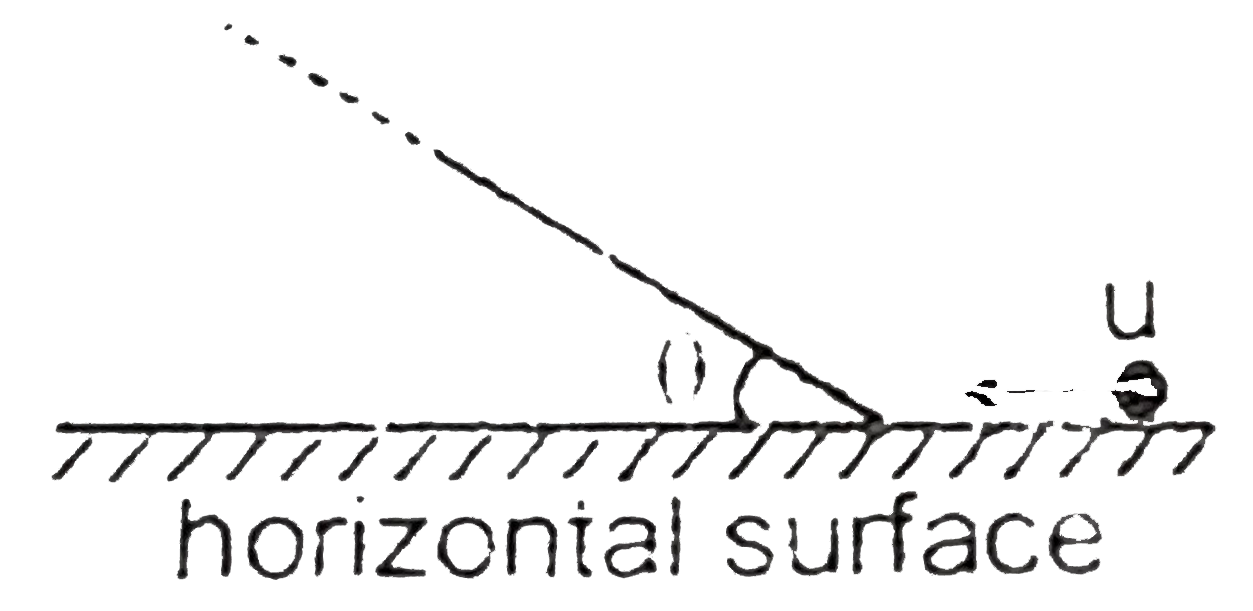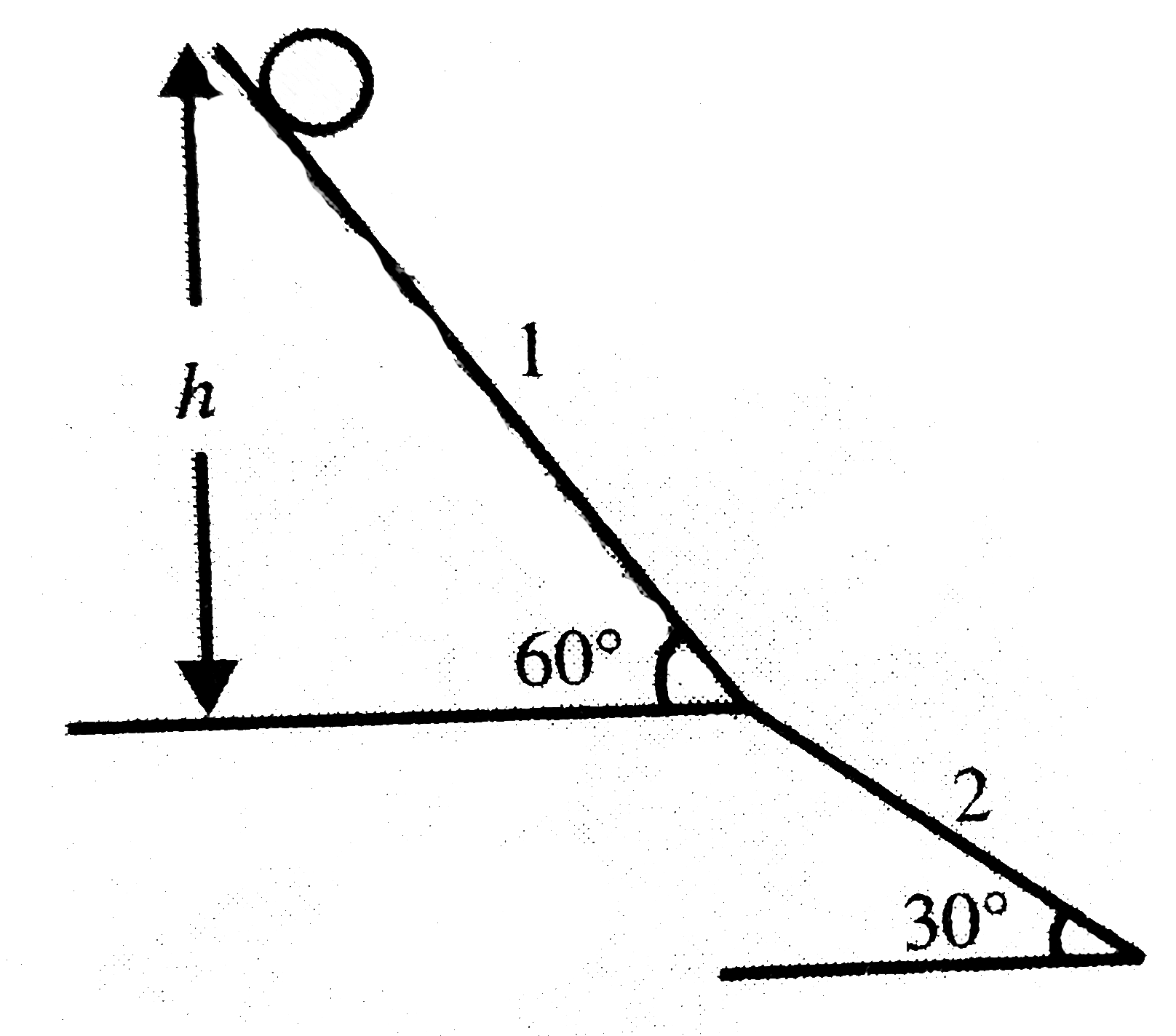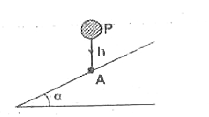For a given height h, ________ the length 1 of the inclined plane, lesser will be the effort required.
To solve the question, we need to understand the relationship between the height of an inclined plane, its length, and the effort required to move an object up the plane.
1. Understanding the Concept of Inclined Plane:
An inclined plane is a flat surface that is tilted at an angle to the horizontal. It allows us to lift objects by applying a smaller force over a longer distance.
2. Identifying the Variables:
- Let h be the height of the inclined plane.
- Let l be the length of the inclined plane.
- The effort required to move an object up the inclined plane depends on the ratio of the height to the length.
3. Using the Formula for Effort:
The effort (E) required to lift an object using an inclined plane can be expressed as:
E=W⋅hl
where W is the weight of the object. This shows that the effort is directly proportional to the height and inversely proportional to the length.
4. Analyzing the Relationship:
From the formula, we can see that if the height h is kept constant and the length l of the inclined plane increases, the effort E required decreases. This means that a longer inclined plane makes it easier to lift the object.
5. Conclusion:
Therefore, for a given height h, the greater the length l of the inclined plane, the lesser the effort required to lift an object.
Final Statement:
For a given height h, the longer the length l of the inclined plane, the lesser will be the effort required.
---
An inclined plane is a flat surface that is tilted at an angle to the horizontal. It allows us to lift objects by applying a smaller force over a longer distance.
- Let h be the height of the inclined plane.
- Let l be the length of the inclined plane.
- The effort required to move an object up the inclined plane depends on the ratio of the height to the length.
The effort (E) required to lift an object using an inclined plane can be expressed as:
E=W⋅hl
where W is the weight of the object. This shows that the effort is directly proportional to the height and inversely proportional to the length.
From the formula, we can see that if the height h is kept constant and the length l of the inclined plane increases, the effort E required decreases. This means that a longer inclined plane makes it easier to lift the object.
Therefore, for a given height h, the greater the length l of the inclined plane, the lesser the effort required to lift an object.
For a given height h, the longer the length l of the inclined plane, the lesser will be the effort required.
Topper's Solved these Questions
Similar Questions
A particle of mass m is given initial horizontal velocity of magnitude u as shown in the figure. It transfers to the fixed inclined plane without a jump, that is, its trajectory changes sharply from the horizontal line to the inclined line. All the surfaces are smooth and90∘≥θ>0∘. Then the height to which the particle shall rise on the inclined plane (assume the length of the inclined plane to be very large)

View SolutionA particle of mass m is given initial horizontal velocity of magnitude u as shown in the figure. It transfers to the fixed inclined plane without a jump, that is, its trajectory changes sharply from the horizontal line to the inclined line. All the surfaces are smooth adn 90∘≥θ>0∘. Then the height to which the particle shamm rise on the inclined plane (assume the length of the inclined plane to be very large)

View SolutionA smooth ball is released from rest from a height h as shown in figure. It slides down the first inclined plane and collides with the second inclined plane.
a. If e=0, find the speed of the ball just after leaving the inclined plane 1.
b. If the particle mioves horizontally just after the collision find e.

View SolutionA body of mass m is kept on an inclined plane . The force required to just move a body up the inclined plane is double the force required to just prevent the body from sliding down the plane. If the coefficient of friction is μ, what is the inclination of the plane ?
View SolutionA cannon of mass 1000kg located at the base of an inclined plane fires a shell of mass 50kg in horizontal direction with velocity 180km/h. The angle of inclination of the inclined plane with the horizontal is 45∘. The coefficient of friction between the cannon and inclined plane is 0.5. The maximum height, in metre, to which the cannon can ascend the inclined plane as a result of recoil is
View SolutionThe force required to just move a body up the inclined plane is double the force required to just prevent the body from sliding down the plane. The coefficient of friction is μ. If θ is the angle of inclination of the plane than tanθ is equal to
View SolutionThe force F1 required to just moving a body up an inclined plane is double the force F2 required to just prevent the body from sliding down the plane. The coefficient of friction is μ. The inclination θ of the plane is :
View SolutionA ball starts falling freely from a height h from a point on the inclined plane forming an angle α with the horizontal as shown. After collision with the incline it rebounds elastically off the plane. Then it again strikes the incline at

View Solution
A particle of mass m is projected up from the bottom of an inclined plane with initial velocity v0 at angle 45∘ with an inclined plane of inclination 30∘ as shown in figure. At the same time a small block of same mass m is released from rest at a height h, the particle hits the block at some point on the inclined plane. Neglect friction at inclined.
Q. The value of height h is
View SolutionFor a given velocity of projection from a point on the inclined plane, the maximum range down the plane is three times the maximum range up the incline. Then find the angle of inclination of the inclined plane.
View Solution
